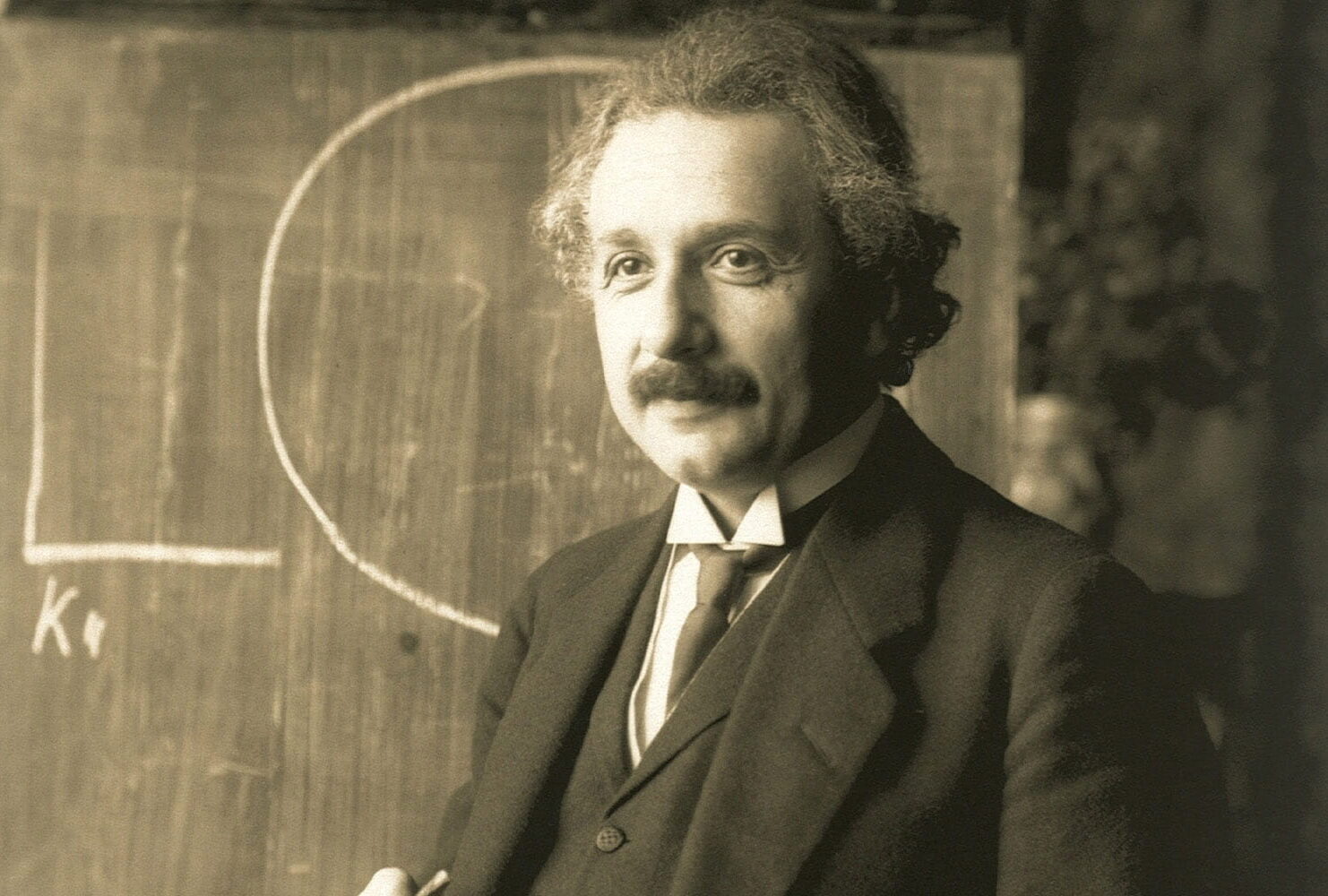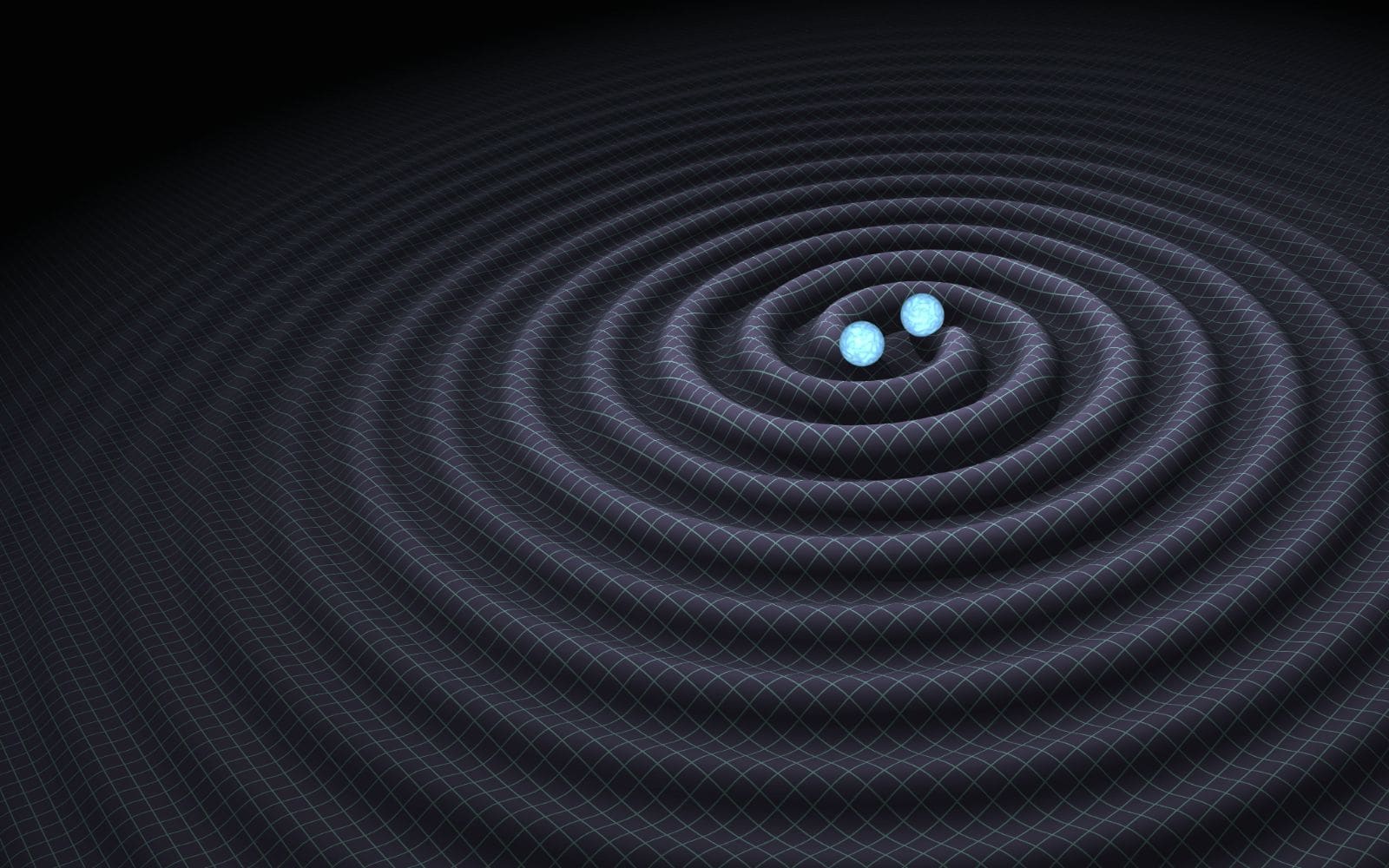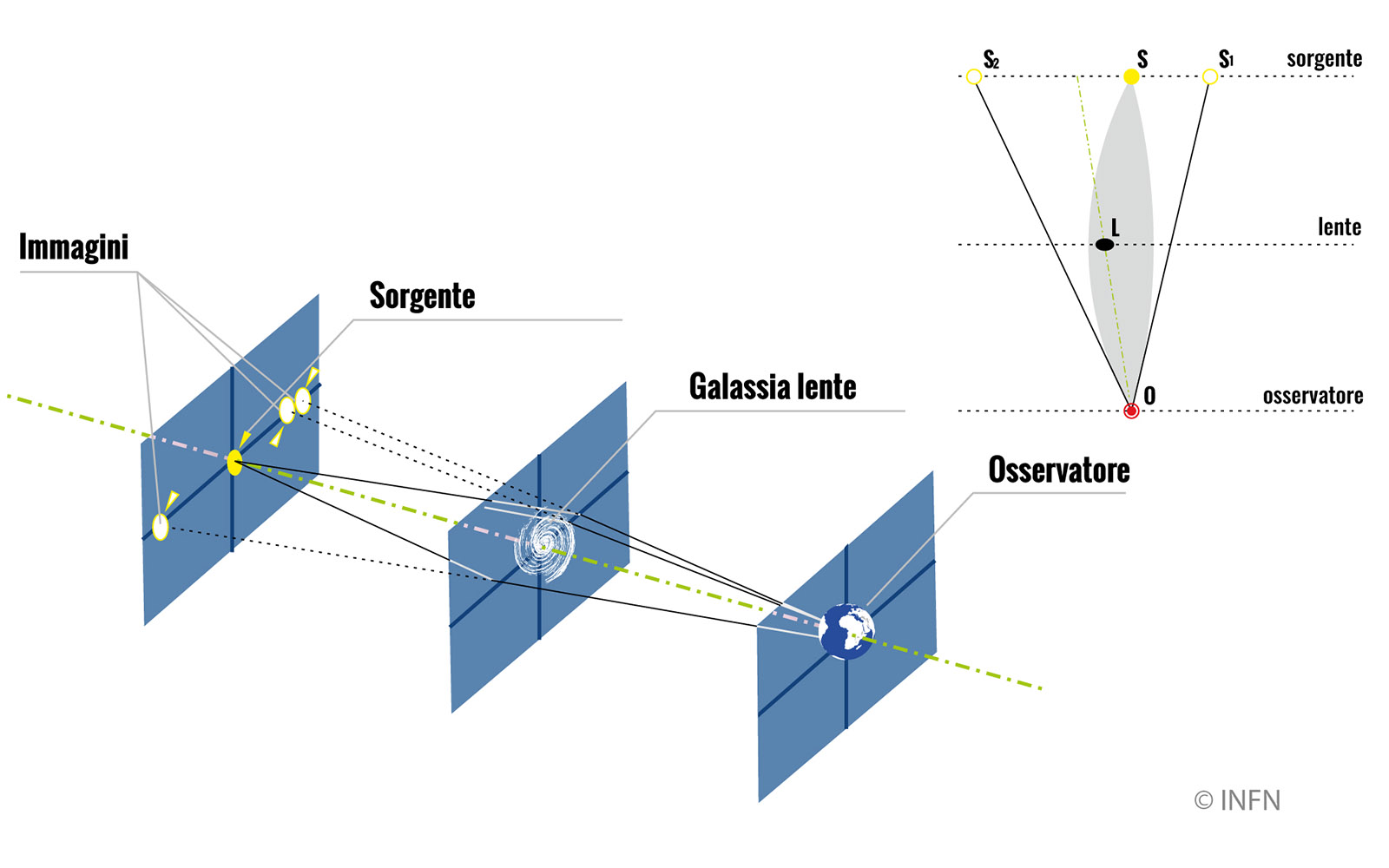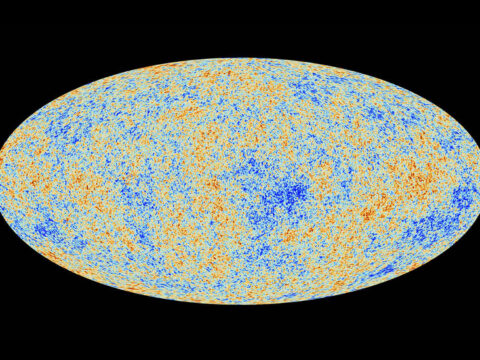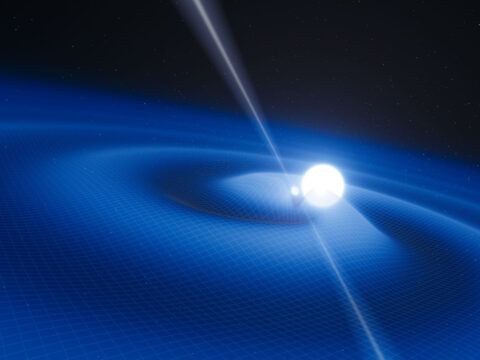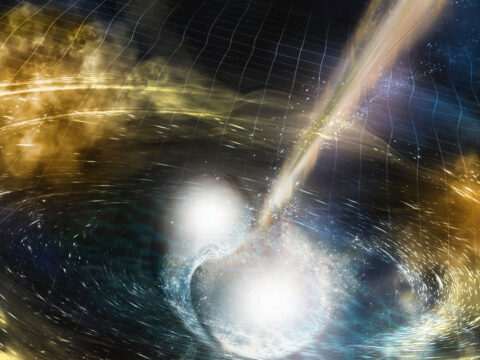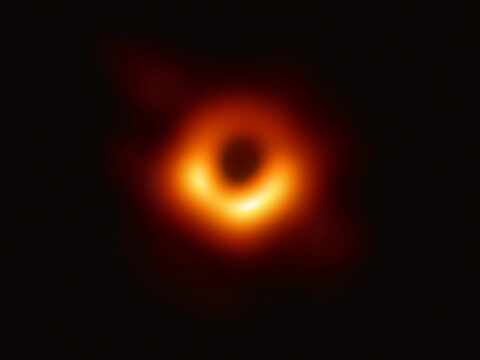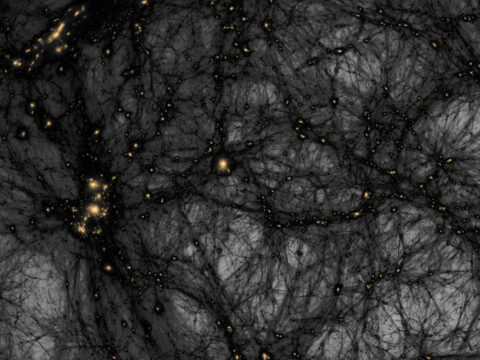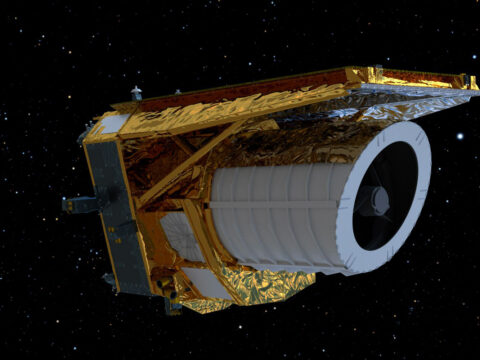The general theory of relativity, published by Albert Einstein in 1915, is one of the cornerstones of modern physics. It is a theory that describes the gravitational interactions, generalising and overcoming the previous theory of Isaac Newton, developed almost three centuries earlier.
General relativity has revolutionised the concept of gravity, which after Einstein is no longer a force able to propagate instantaneously, like Newton thought. Instead, it is the effect of the curvature of spacetime, which is transformed from a simple stage to a lead actor.
